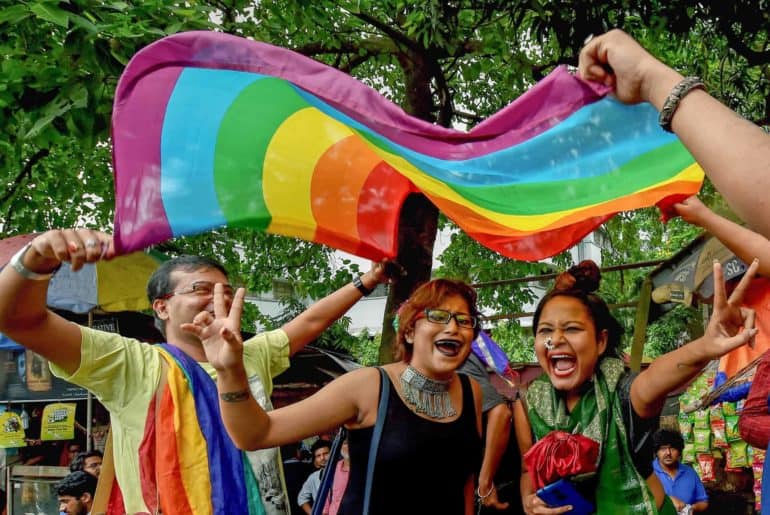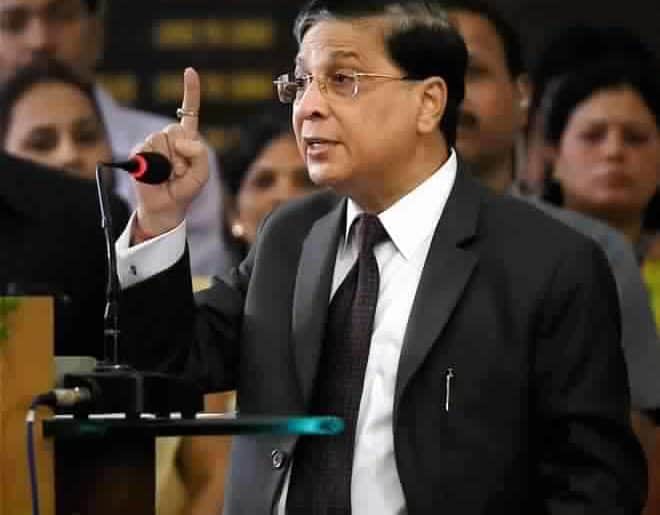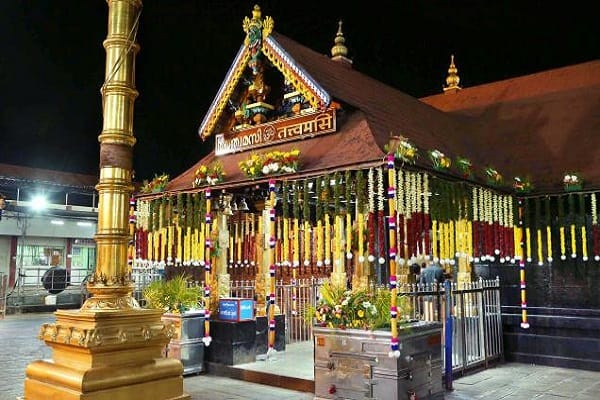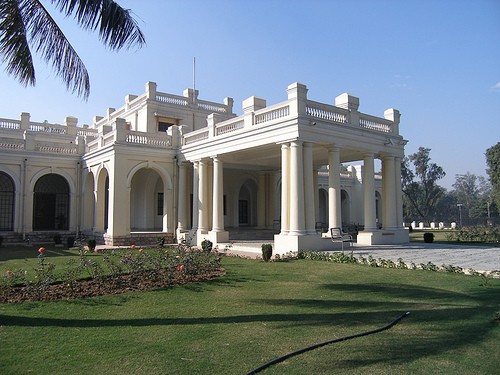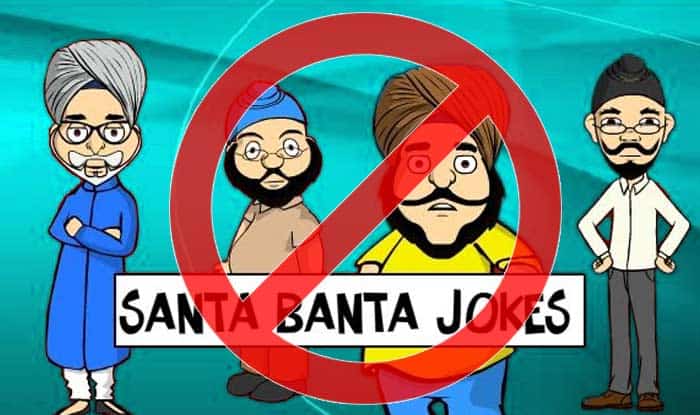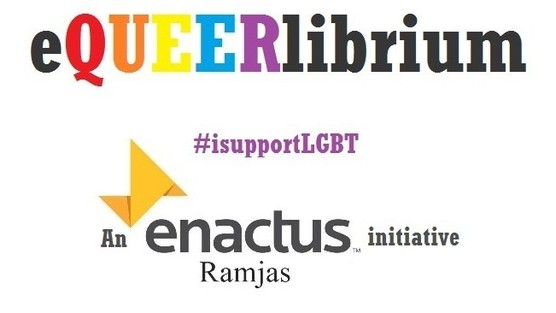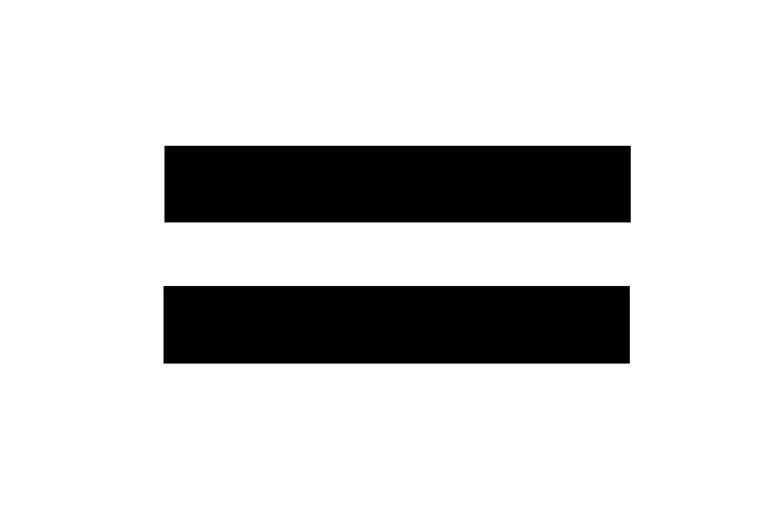These are tumultuous times for the Supreme Court (SC). Despite this, the past year has been dramatically successful for India’s Liberal Majority. Liberalism here must not be confused with ‘outright left wing progression’ or glorification of ‘western ideals’, but the plain and simple primacy of the Individual over the Collective.
The structure of the Indian Constitution was primarily built upon the ideals of its British counterpart. Some clauses of our constitution date back to the late 19th century, and this is clearly evident in the dogmatic, invasive and almost oppressive nature of some laws that govern this 21st century democracy.
In the past year, the Judiciary of India has ventured to instill the public’s dwindling faith in democratic ideals, and some unprecendted judgments have been witnessed. The most celebrated of these was that of August 24, 2017, where a 9 Judge Constitutional Bench unanimously ruled that the Right To Privacy is a Fundamental Right. 2017 witnessed government and private institutions mandating Aadhar Cards for basic functionality, which caused public distress over the invasive nature of UIDAI (Unique Identification Authority of India), its collection of biometric data and its transparency and security. This judgement came as sigh of relief to millions of Indians, albeit temporarily. In September 2018, the Supreme Court upheld the constitutional validity of the Aadhaar scheme and Act, with conditions. A 4:1 majority of a five Judge Constitutional bench concurred that Aadhar “serves a bigger public interest”. Even though the scope of influence of UIDAI has been drastically decreased, many civil rights activists, rallying behind the sole dissentee Justice D.Y. Chandrachud, deemed this ruling as an illusion of liberty; because Aadhar still remains mandatory for Pan Card and Ration Card registrations, that are essential for one to function in Indian Society.
Decreasing gender bias and discrimination were prioritized on the agenda of the SC under Dipak Misra’s Chief Justiceship, as was discernable in judgements pertaining to Triple Talaq, adultry and age of consent for marital sexual intercourse. The Supreme Court of India declared the practice of Triple Talaq as unconstitutional by a 3:2 majority in a 5 Judge Constitutional Bench.The court said the practice is ‘unconstitutional’, ‘arbitrary’ and ‘not part of Islam. “Finally I feel free today. I have the order that will liberate many Muslim women,” said Shayara Bano, the petitioner of Shayara Bano Vs Union of India and Others. Amid outrage among a small fraction of India’s muslim community, that tried to justify this patriarchal practice under the veil of ‘religion’ , the court upheld its commitment to women’s rights with grace. Same was the case when a two Judge Bench of Supreme Court held that the age of consent for sexual intercourse was increased to 18 from 15 in cases of married couples. This judgement was an amendment to Section 375 of the Indian Penal Code. Last week, a five Judge Constitutional Bench ruled unanimously that Section 497, a 158-year-old law, that criminalised consensual sexual relations between a man and a married woman without the consent of her husband, was unconstitutional. “Adultery can be grounds for civil issues including dissolution of marriage but it cannot be a criminal offence … adultery might not be the cause of an unhappy marriage, it could be the result of an unhappy marriage,” said Chief Justice Misra while reading out the verdict.
Enshrining another insegregable facet of individual liberty, article 377 of the Indian Constituion, that criminalized homosexuality, was revoked. A 5 Judge Constitutional bench unanimously ruled that India’s LGBTQ community has the same sexual rights as heterosexual in India. ‘The right to live with dignity has been recognized. Sexual orientation is a natural phenomenon determined by biology and science. Any discrimination on this basis is unconstitutional,’ said Dipak Misra.
The court also attempted to safeguard individual identity from political propaganda and sensationalist manipulation. It held that seeking votes in the name of religion, caste or community amounted to corrupt practice and consequentially, candidature or office of an elected representative may stand void.
Our society still has a long way to go, constitutional enshrinement doesn’t guarantee proper implementation, and sexism and homophobia continue to influence a large part of Indian populations. Yet, amid all this, the Supreme Court has delivered judgements with profound implications for the Indian society.
Feature Image credits: Deccan Herald
Nikita Bhatia
[email protected]

